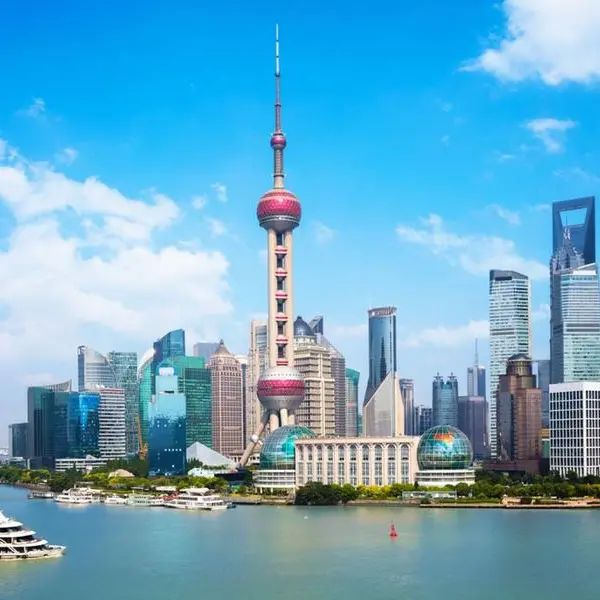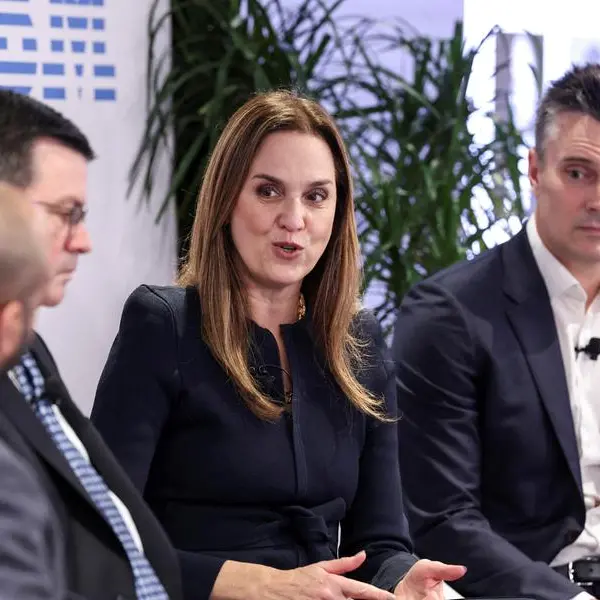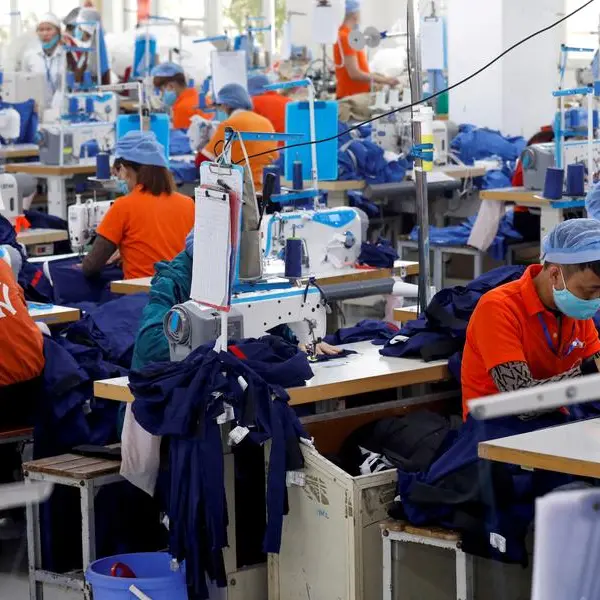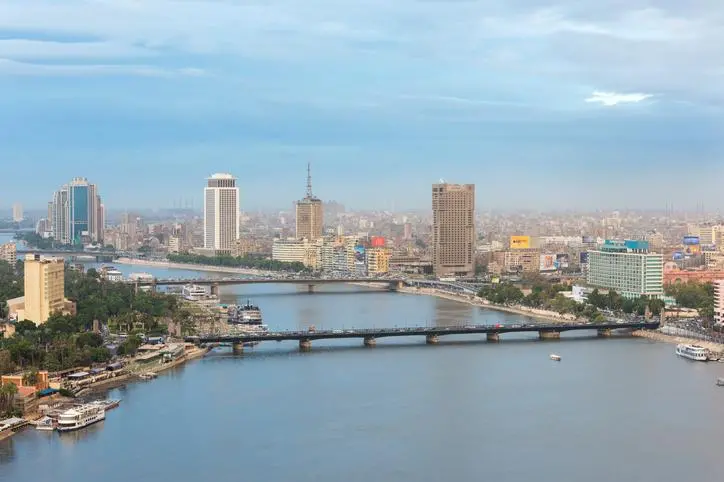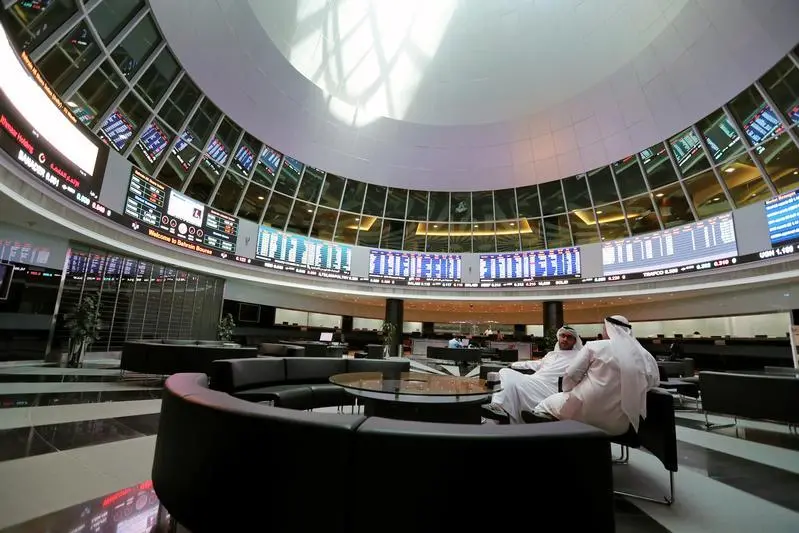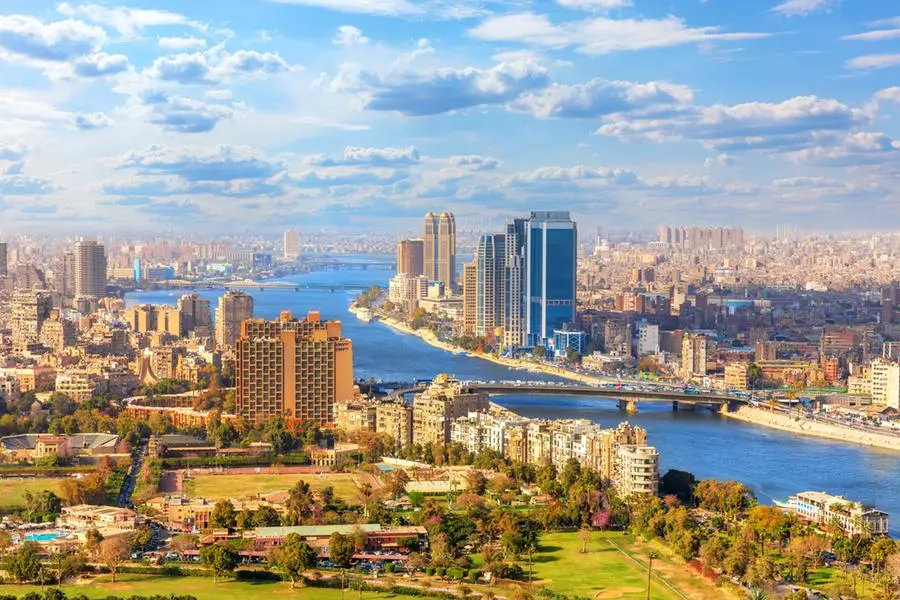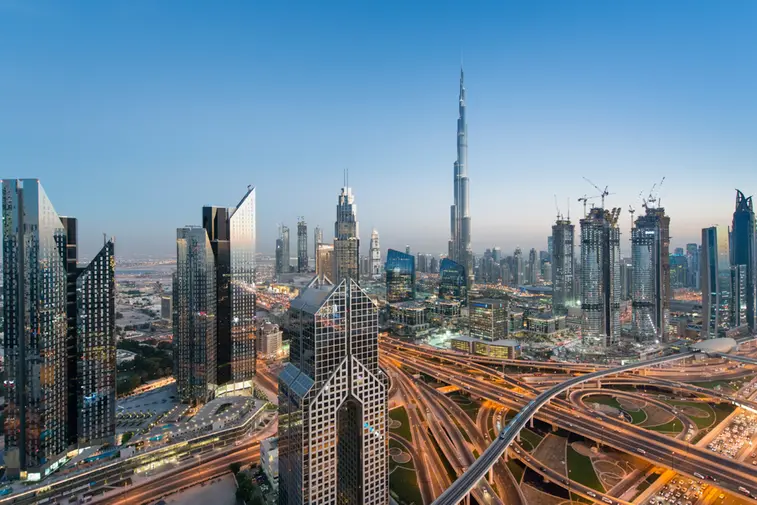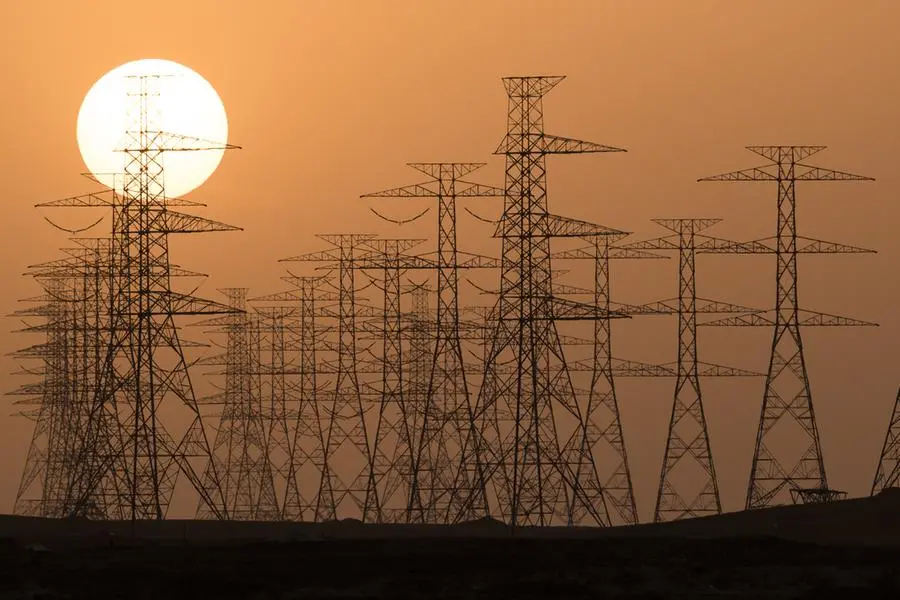PHOTO
FILE PHOTO: The S&P Global logo is displayed on its offices in the financial district in New York City, U.S., December 13, 2018. REUTERS/Brendan McDermid/File Photo
The Philippine economy is expected to grow by 5.6 percent next year, with the expansion to be supported by consumption and infrastructure spending, according to S and P Global Market Intelligence.
'Continued rapid GDP (gross domestic product) growth of around 5.6 percent year-on-year is forecast for 2024, helped by sustained strong private consumption spending, an upturn in government infrastructure spending and improving remittance inflows,' S and P Global Asia-Pacific chief economist Rajiv Biswas said in a report.
He said the fast-growing information technology-business process outsourcing sector exports and continued tourism recovery are also expected to support the country's economic growth next year.'
The S and P unit's growth forecast is lower than the government's revised 6.5 to 7.5 percent target for 2024.
Biswas said recent data showed the Philippine economy continued to show robust expansion this year as it grew by 5.9 percent in the third quarter, faster than the 4.3 percent expansion in the second quarter. This brought average growth in the January to September period to 5.5 percent.
The government is aiming for six to seven percent GDP growth this year.
Biswas also cited the S and P Global Purchasing Managers Index (PMI) survey results for November, which showed the country's manufacturing sector as one of the fastest growing among the major economies worldwide.
The Philippines' PMI for manufacturing rose to 52.7 in November from 52.4 in October, supported by strong demand.
Over the next decade, Biswas said the Philippine economy is forecast to continue to grow rapidly, with total GDP expected to rise to $800 billion by 2030 from $440 billion this year.
'A key growth driver will be rapid growth in private consumption spending, buoyed by strong growth in urban household incomes,' he said.
By 2033, he said the Philippines is expected to become part of the Asia-Pacific region's $1 trillion economies, joining mainland China, Japan, India, South Korea, Australia, Taiwan and Indonesia.
He said the strong growth in the size of the Philippine economy is also expected to drive the increase in per capita GDP to $6,200 by 2030 from $3,700 this year.
'The rapid growth of household incomes over the next decade will help to underpin the growth of the Philippines domestic consumer market, catalyzing foreign and domestic investment into many sectors of the Philippines economy,' he said.
He said the Philippines would benefit from its membership in the Regional Comprehensive Economic Partnership agreement through the favorable rules of origin treatment, which would help attract foreign direct investment flows for a wide range of manufacturing and infrastructure projects.
Significant progress is also expected in the country's poverty reduction efforts.
'Rapidly rising per capita GDP and standards of living will help to underpin a broad improvement in human development indicators and should deliver a significant reduction in the share of the population living in extreme poverty by 2030,' Biswas said.
Copyright © 2022 PhilSTAR Daily, Inc Provided by SyndiGate Media Inc. (Syndigate.info).

